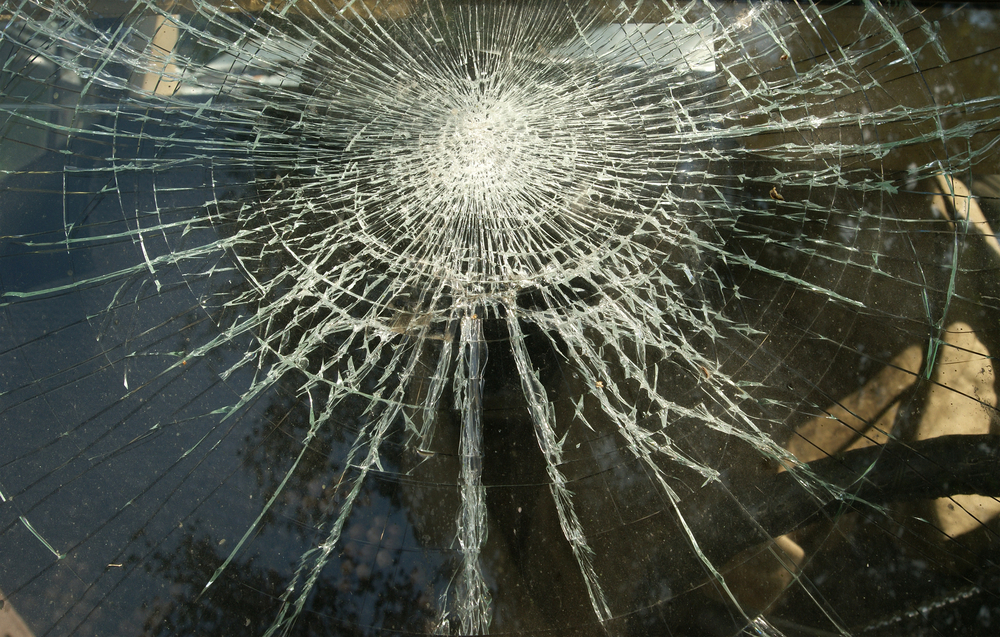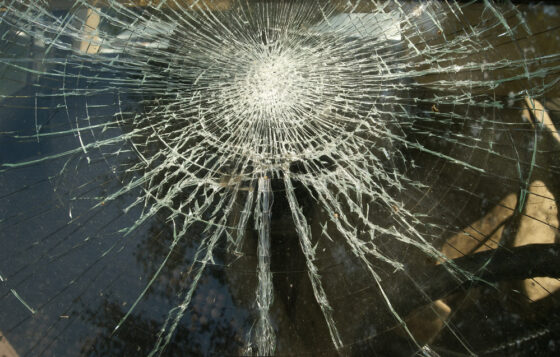Glow-in-the-dark sand can shed light on crime: research


Dutch forensic institute NFI is going to use fluorescent sand available from craft shops to help trace glass splinters linked to crime scenes, making it quicker and cheaper to determine who may have broken a window.
The institute had been looking for alternative ways of investigating the behaviour of the almost invisible bits of glass that may be left on a perpetrator’s clothing following a break-in or other crime.
‘A suspect might say ‘I’m not the burglar, that was someone whose shoulder I touched in a bar. That’s how that glass ended up on my clothes. But how likely is that?’, NFI researcher Jaap van der Weerd said.
The process of finding out how glass behaves as it splinters is an important part of detection work but currently requires numerous time consuming scenarios and expensive lab tests.
By using glow-in-the-dark sand glass in experiments, transfer will become easier to recreate because it shows up under a microscope and can be measured, Van der Weerd said. Tests that used to take months could now be concluded in days. ‘That’s how simple it can sometimes be,’ Van der Weerd said.
The NFI has been researching methods to study the behaviour of trace material for two years, starting with glass. The new method is already being used on a trial basis in some cases but will be tested further by Amsterdam’s hbo college, which is also involved in the research.
Thank you for donating to DutchNews.nl.
We could not provide the Dutch News service, and keep it free of charge, without the generous support of our readers. Your donations allow us to report on issues you tell us matter, and provide you with a summary of the most important Dutch news each day.
Make a donation